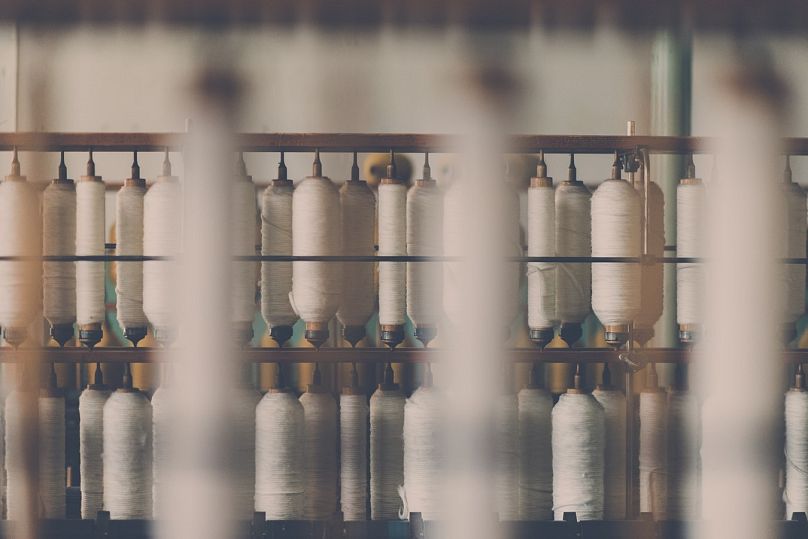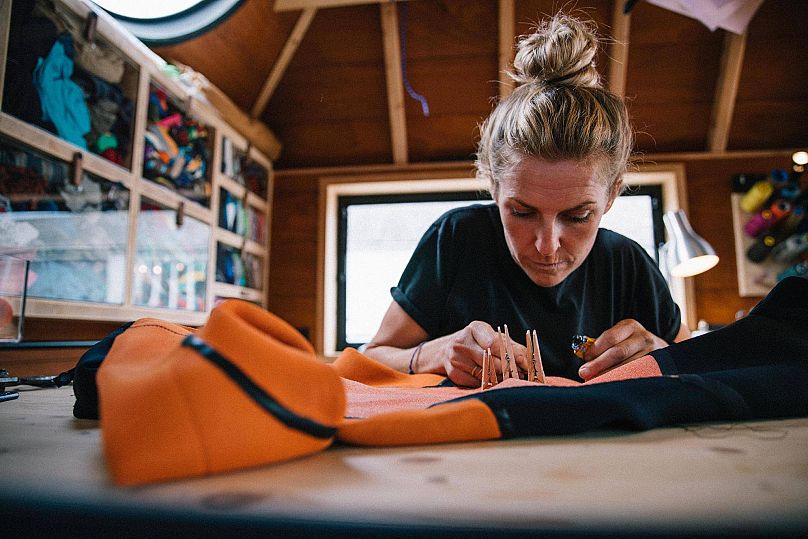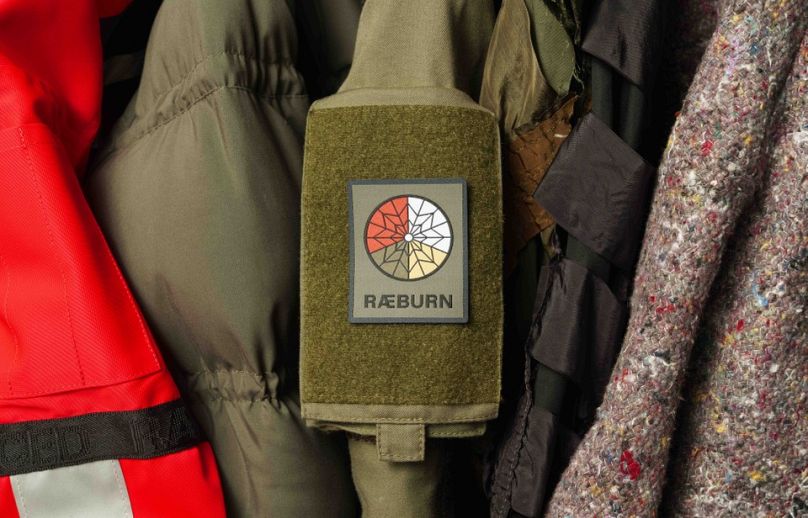Trends show men generally prefer to do their research before a purchase and find value in brands that have provenance and transparency in how they source and manufacture their products.
How many garments hanging in your wardrobe still have the tag intact, or at least have never been worn? We bet if you searched at home you’d find a lot more than expected. Sales figures in the fashion industry are on the rise and studies show we’re spending a staggering 60% more on garments than in the year 2000. However, while our spending habits might be on the greedy side, organic and Fairtrade practices in the food and beverage industry are far from glutinous and are closely supported by enhanced recycling methods - a movement we know David Attenborough would be proud of.
Confronted with turbulent times and ever-growing damages to our planet, sustainability has amounted to be the next adage in eco-friendly lifestyle choices. In part due to the aid of social media, we have seen a shift in consumer behaviour. We no longer want mass. Millennials have an appetite for sustainable products and services and it’s no surprise that it has filtered into the fashion world.
There are growing pressures to make radical changes
More than 100 billion garments end up in landfill each year, and the textile industry produces more CO2 in a year than international flights or maritime shipping alone. According to data by McKinsey & Company, in 2015 the industry accounted for 1.7 billion tons of carbon dioxide emissions . With facts like this looming over fashion brand’s heads, sustainability has become a buzzword in womenswear, mostly to garner consumer interest and sell. However, in the menswear realm a number of brands have introduced a sustainable focus that now comes second nature to them. Trends show men generally prefer to do their research before a purchase and find value in brands that have provenance and transparency in how they source and manufacture their products. The B2C relationship is vital for a brand’s direction, from methods to materials to suit demand.
Pressures around making radical changes are increasing faster as demand grows. While activists, investors and consumers are constantly talking about sustainability, a general awareness is now at mass-consumer level. But how to brands fare? In the high-end and luxury markets it’s possible for them to absorb the costs and alter price points in line with production, whereas it’s the high street with smaller budgets at play where pricing is hit the hardest.
Companies championing sustainability
The likes of Patagonia, Christopher Raeburn, King & Tuckfield and Blackhorse Lane Ateliers have been championing sustainability from the word go and this notion is now a pinnacle of their company’s philosophy. Naturally, there are a number of components that make practices sustainable, and most of us would be familiar with recycled fabric and water consumption. But is it enough to receive a nod of approval from the environmentally conscious?
The starting point is for the manufacturers and suppliers to find alternative fabrics that come from sustainable sources for designers and brands to choose from. Water consumption used in producing cotton alone can equate to 8000 litres per kilogram, as you can imagine recycling cotton as well as other man-made materials such as creating recycled plastic fibres. High-end Scandinavian outerwear brand Norwegian Rain uses fabric is made out of recycled plastic bottles.
But where do the plastic fibres go after washing?
Italian denim mill Berto has made it their mission to produce recycled denim made from pre-consumed denim fibres leaving the product completely full circle. Brands such as Blackhorse Lane Ateliers pride themselves on being a transparent factory brand. Bilgehan Ates, founder and creative director of the label believes that true sustainability comes from community connection in that it’s imperative to work closely with locals to create a collective impact. Taken by the same name aptly, Sir Plus are making their clothes from surplus materials. It's no secret that the fashion industry creates lots of waste material as well as overstock that either simply gets thrown away. A resourceful use of recycling fabric underway is certainly a positive direction to alleviate waste.
Words: Chris Chasseaud














